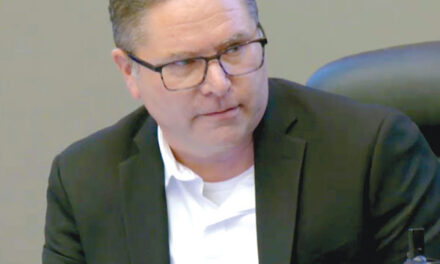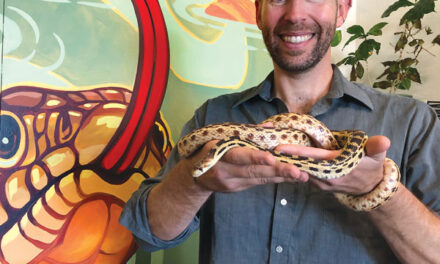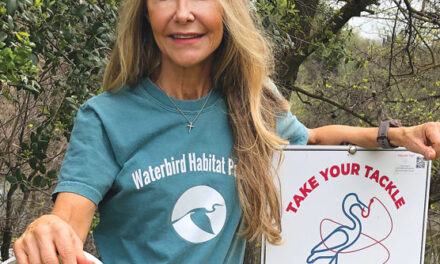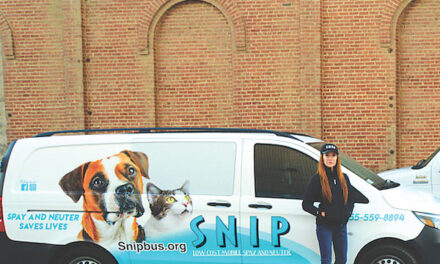A great blue heron flew over Dr. Andrea Willey’s kayak on the lower American River. Something dangled from the waterbird’s beak.
The heron crossed the river and landed on an island. “I saw the top of a single tree shake violently. That’s when I realized something was wrong,” Willey says.
Willey paddled to land, climbed the riverbank and crossed felled trees until she found the bird. “He had swallowed a fishing hook and hung himself in the tree. He was spinning and flailing.”
Willey cut the heron loose with her bike lock key. Unable to restrain him, the bird flew off.
“I searched and searched. I had to locate him,” Willey says. So she assembled a group of volunteers. “We rescued the bird three days later. Unfortunately, he died the next day.”
That was August 2023. The Waterbird Habitat Project was born.
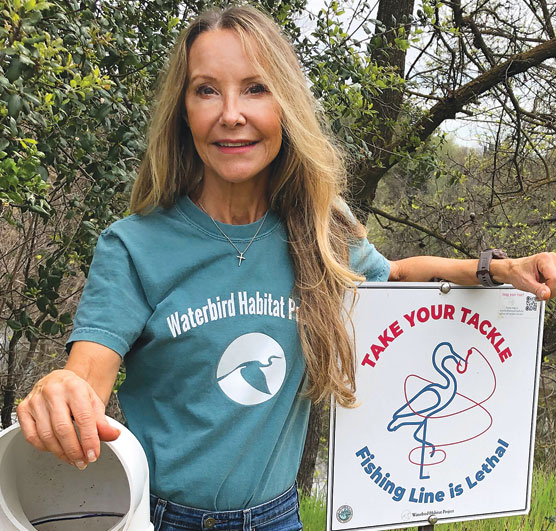
Willey, who regularly runs and kayaks the American River Parkway, recruited others to search for discarded fishing gear. “We found an astonishing number of fishhooks,” she says. “There was more in the water than on land.”
In her kayak, she conducted a 3-mile search in both directions from where the heron was found behind Rio Americana High School near the 11-mile marker. She discovered hundreds of hooks and lures attached to branches below the surface.
“The fisherman gets the hook snagged on a log or a plant in the water,” Willey says. “He can’t get it loose, so he just cuts the line and leaves it there.”
Wildlife, including beavers, otters, turtles and birds, ingest the gear or become entangled in fishing line and die. “It’s a slow death. It can take days,” says Willey, a skin cancer surgeon and former veterinary technician.
In the last year and a half, she has retrieved 1,250 hooks, lures, lead weights and reels from the American River.
Dozens of birds have died, along with two beavers. Rescuers saved a Canada goose with fishing line wrapped around his leg and a swan with a lure embedded under his wing. Five dogs ingested fishing line. Three required emergency surgery.
Willey realized the problem extended beyond mile 11. A bird was found hanging at Turtle Pond at Sailor Bar Park. From her kayak, “I stuck my rake in and pulled out tons of gear.” Over two days, she retrieved 350 hooks snagged on underwater logs at the pond.
Willey set out to change things. Working with Sacramento County Regional Parks, she designed a sign: “Take Your Tackle. Fishing Line is Lethal” with a QR code so the public can email or post on the project’s Facebook page when they find or lose gear.
The county installed the signs with line recycling receptacles in high fishing areas. City parks are next to get signs and receptacles.
She passes out cards to fishermen for a free retrieval service. If they lose gear in the river, the angler can message Willey, who will recover it. “A lot of them have expensive gears, lures, collector’s items, and they want them back.”
The Waterbird Habitat Project collaborates with local groups, including River City Waterway Alliance and American River Lost & Found. Last year, the project tackled the fishing deck at William B. Pond Recreation Area.
Invasive primrose clogs the water around the deck where ducks live and feed. Using kayaks, paddleboards and large hooks thrown from the deck, the team pulled out 12,000 pounds of primrose “laden with fishing gear,” Willey says.
Willey is working with Regional Parks to secure a grant to continue the project throughout the American River. With support from the California Fish and Game Commission, she is spearheading a statewide awareness campaign, Fish For Life—Leave No Gear Behind. “We start out locally on ground level, but we hope to have an impact throughout the state over time.”
The Waterbird Habitat Project is making a difference. Last December, working with local wildlife rescuers, rehabbers and a veterinarian, the group caught a great white egret with a fishhook embedded in his esophagus. “It was a miracle story because it’s so uncommon to save one,” Willey says.
“We don’t want to close down fishing,” she adds. “The goal is to educate fishermen and to get people to put the gear in a receptable. And to avoid the problem through good stewardship.”
Report injured wildlife by calling 311. For information, contact Willey at waterbirdhabitat@icloud.com or follow the Waterbird Habitat Project on Facebook or Instagram. Make donations through saccreeks.org.
SNAKE FEST
Sacramento Snake Festival celebrates the world’s most interesting and misunderstood animals, while promoting wildlife conservation, environmental stewardship and peaceful coexistence between humans and snakes. The free, family-friendly event includes live snake presentations and demonstrations, snake safety and snakebite first aid information and kids’ activities. The festival is Saturday, May 10, from 10 a.m. to 4 p.m. at Hagan Community Park in Rancho Cordova. For information, visit savethesnakes.org.
Cathryn Rakich can be reached at crakich@surewest.net. Follow us on Facebook and Instagram: @insidesacramento.





